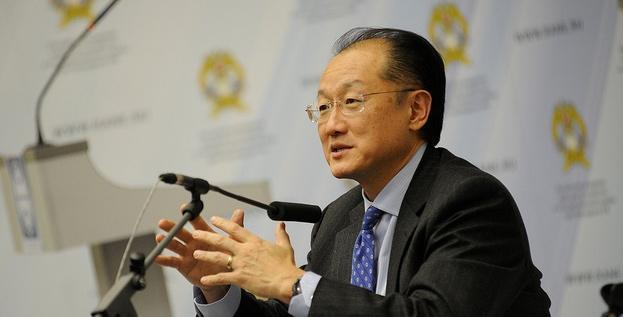End Poverty, Build Shared Prosperity: Let’s Get to Work
A news article by Jim Yong Kim, President World Bank
Just last week, leaders committed to a target of ending extreme poverty by 2030. They also backed a second goal that didn’t get as much attention –what we have referred to as boosting shared prosperity.
At the World Bank Group, we know that reducing extreme poverty to a minimal level won’t be enough to create a world where everyone can share the fruits of development.
Working with governments and our partners in the development community, we will also strive to maximize income growth for the poorest 40 percent of people in each country. Strong economic growth will be essential to achieve this goal, along with macroeconomic stability and the capacity to withstand financial shocks. These are the ingredients that can spur job creation and lift incomes.
But growth and stability are not enough. Some of the world’s fastest-growing economies are experiencing rising levels of inequality. In these places, the plight of the poor could actually become worse if income disparities lead to political polarization, social strife, or conflict.
Even if we meet our goal to help end extreme poverty by 2030, poverty rates could remain high in a number of countries. Our research shows it is possible to lower the global extreme poverty rate to a very low level and still have 17 smaller countries where more than 30 percent of the population lives on less than $1.25 per day.
That is simply not acceptable.
Countries need to step up investment in health and education. When people are deprived of opportunities to go to school or get basic health services, countries miss the chance to build the human capital that can make them more competitive in the global economy. Investment in people, especially in health and education, is the right thing to do, both from a moral and a strategic perspective.
Investment in infrastructure is also crucial. Without energy, good roads, bridges, ports, and railways, countries will fail to attract the private investment needed for strong, inclusive growth. India’s leaders, for instance, have told me that they need $1 trillion in investment over the next five years to meet the country’s needs. Where will that money come from? They estimate 53 percent from the public sector and 47 percent from the private sector.
We are taking concrete steps to help partner governments meet their goals.
One step is to align the way we work directly to the goals of ending poverty and boosting shared prosperity. A second is to measure every year whether countries are making progress on these two goals, and highlight areas where more focus is needed. And third, we will work tirelessly to help our partners more effectively deliver services to the poor, with a renewed focus on using evidence to understand how to improve delivery.
But when we think about shared prosperity, we must focus not only on the present generation, but on future generations. Shared prosperity is about leaving a better world to our children and grandchildren. This means we must urgently confront climate change and do all we can to avoid a disastrously warming planet.
Post retrieved from LinkedIn 25 April 2013 Photo: World Bank Photo Collection on Flickr.

